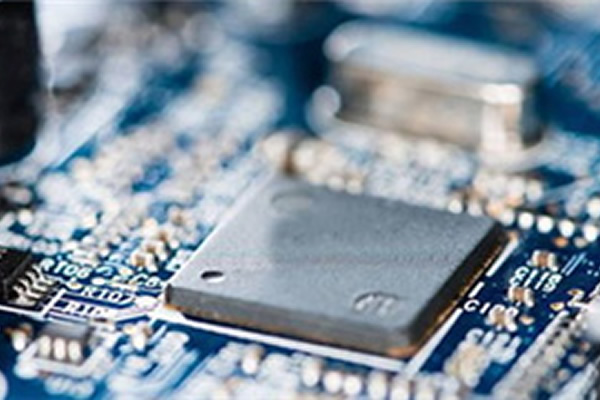Publisher:Administrator Date:2025-07-31

GENESYS' USB control chip has excellent performance in data transmission rate. By analyzing the technological evolution and practical application cases of multiple generations of USB chips from GENESYS, we can understand the performance characteristics, technical implementation principles, and performance differences in different scenarios of its transmission rate.
1、 Technical architecture and speed standards
GENESYS Creative USB Controller adopts a layered design architecture, with the physical layer supporting the protocol standards established by the USB-IF Association. The theoretical transmission rate of its GL352x series USB 3.1 Gen1 controller can reach 5Gbps (approximately 625MB/s), and in actual testing, the continuous read and write speed can be stable at over 400MB/s in PCIe 3.0 x2 interface environment. It is worth noting that the GL3523 chip adopts a 32-bit RISC processor core, coupled with an optimized data buffering mechanism, which can effectively reduce the latency caused by protocol conversion. For the USB 2.0 market, the GL850G chip achieves a peak speed of 480Mbps through an enhanced serial interface engine, and has been tested to achieve a stable throughput of 35MB/s during batch transmission.
2、 Comparative analysis of measured performance
In the actual testing of the storage device docking station, when a USB 3.0 hub equipped with GL3520 chip is connected to an SSD, the test shows that when the queue depth is 32, the sequential read speed reaches 434.7MB/s and the write speed is 398.2MB/s, basically reaching the theoretical upper limit of USB 3.0. In contrast, the card reader with GL3224 controller maintains a continuous write rate of 89MB/s when transferring 128GB material files, and can briefly exceed 100MB/s during burst transfers. This difference mainly stems from:
1. Bridge chip for SD protocol conversion efficiency
2. The write characteristics of NAND flash memory itself
3. Optimization of cache strategy at firmware level
3、 Key factors affecting speed
1. Protocol compatibility: GENESYS GL3590 supports USB PD 3.0 protocol and can maintain 10Gbps (USB 3.2 Gen2) data transmission even in 100W power supply mode, doubling the bandwidth compared to traditional USB 3.0. But when connecting USB 2.0 devices, the system will automatically slow down to 12Mbps (full speed mode) or 1.5Mbps (low speed mode).
2. Signal integrity control: The GL352x series adopts adaptive equalization technology and clock data recovery (CDR) circuit. In 5-meter extension line testing, the bit error rate can still be controlled below 10 ^ -12. However, there will be a significant rate decay in the ordinary scheme at a distance of 3 meters.
3. Multi device concurrent processing: When the four port GL3523 chip is simultaneously connected to four USB 3.0 devices, the total bandwidth can be maintained at around 3.2Gbps through time-division multiplexing mechanism, with an average allocation of about 800Mbps bandwidth per port, which is superior to most competitors' shared bandwidth solutions.
4、 Performance of Industry Application Scenarios
In industrial camera applications, the USB 2.0 video capture card of GL823 chip can stably transmit 1080p60 frames of uncompressed video stream, occupying approximately 280Mbps of bandwidth. The remaining bandwidth can still support peripheral control signal transmission.
With the popularity of the USB4 standard, GENESYS is shifting more attention to multi protocol fusion solutions. Its new generation controller can now achieve USB/DisplayPort/PCIe tunneling transmission, providing both 40Gbps data bandwidth and 8K video output capability on a single Type-C interface. This marks a shift in USB transmission rate from pure speed competition to comprehensive performance optimization stage.